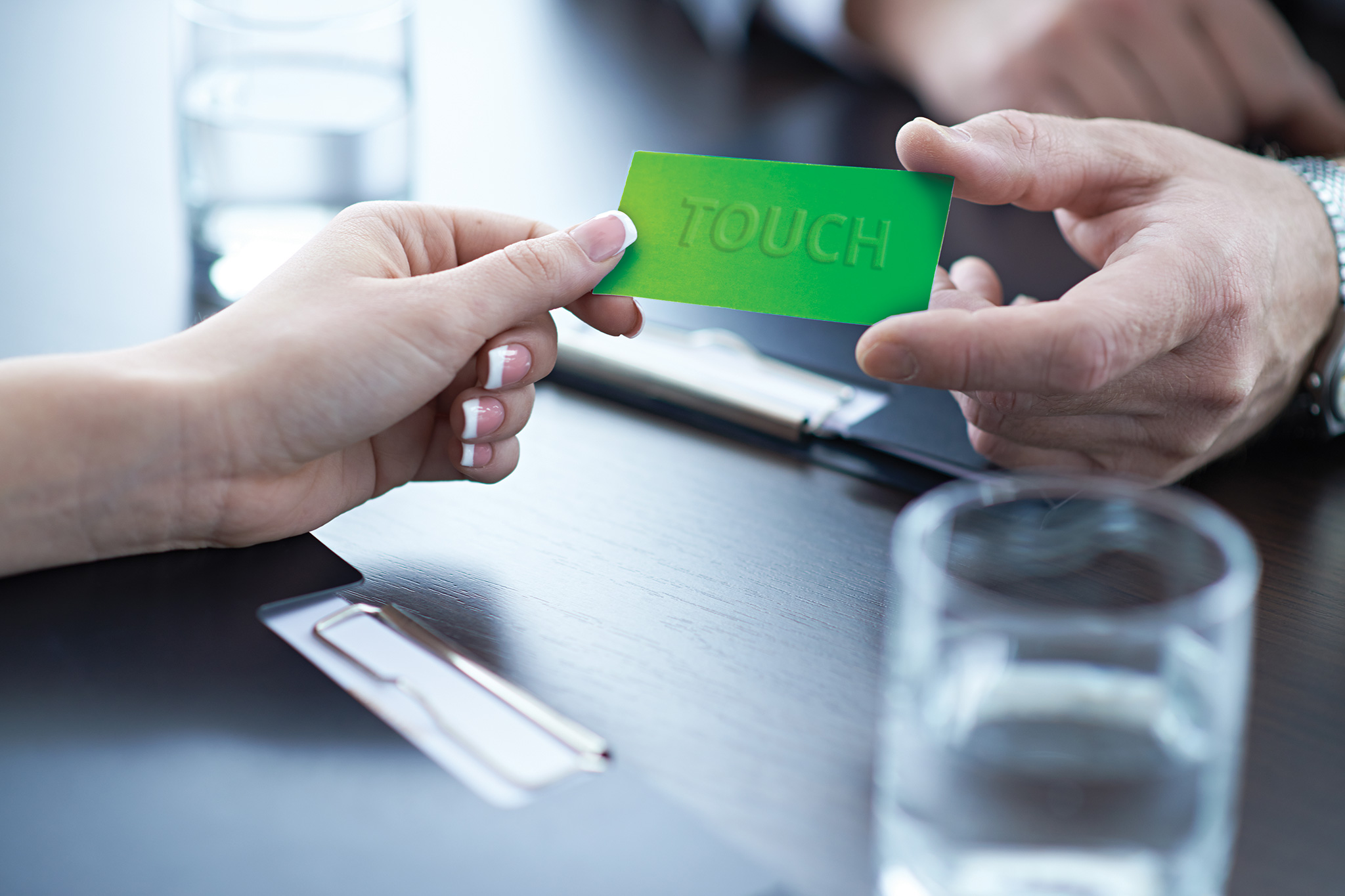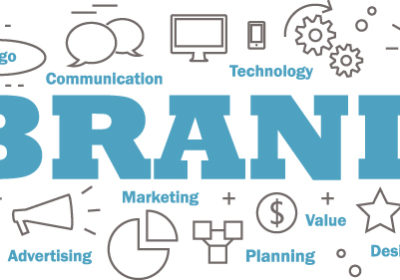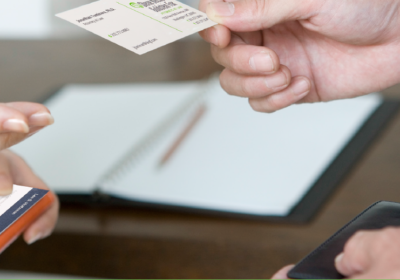
Sensory Marketing in Business Development – 3 Ways to Incorporate
The rise in digital communication – such as websites, apps, email, social media, and blogs – has created an increase in the availability of channels with which to communicate. However, due to the sheer amount of ways we have to communicate with clients, many are becoming less effective at reaching their audience. Sensory marketing can be easily incorporated into your business development plan to increase audience participation with your content and your firm.
What is Sensory Marketing?
Aradhna Krishna, a pioneer in sensory marketing research, defines it as marketing that engages the consumers’ senses and affects their perception, judgment and behavior. More precisely the sensory aspects affect our emotions, memories, perceptions, preferences, choices, and consumption.
Research and experts report that an individual consumes anywhere from 1,000 to as much 5,000 encounters with brands, ads, content, media, and marketing messages a day. Given the sheer amount of information and marketing buyers are inundated with each day, appealing to one’s basic senses increases your chances of engagement and is an essential part of business development. Touch is one of the most powerful senses you can use to create an indelible impression for a few reasons. First, touch is often underutilized in this digital age. Second, often, when we engage our sense of touch we also engage our sense of sight. Finally, the sense of touch is both physical and emotional. All our senses help us form opinions and impressions. The more senses you can engage through a single encounter or communication, the greater the retention.
Haptics is the study of how what we touch shapes how we feel. For example, have you ever noticed your phone vibrate when you perform certain activities? This is haptic technology. By using a vibration or motion, your phone creates the sense of active touch. This technology has made it possible to investigate how the human sense of touch works and how it affects the way the brain interprets and remembers via touch.
Touch is the first sense to develop in the womb and is the last sense we lose with age. It is one of the ways babies first learn about their environment. Research has shown that what we touch affects the opinions we form. For instance, heavier objects seem more serious and competent. This helps to explain the trend toward heavier, thicker business cards, which is often the first tangible contact a prospective client will have with your firm’s brand.
Why Sensory Marketing is Important to Law Firm Business Development Plans
Sensory marketing is even more important in professional services organizations such as law firms because often clients cannot physically touch or feel the “work product or intellectual property” they purchase.
Law firms must focus on the art of storytelling to market themselves. While this storytelling is perfect for digital distribution such as blogs and social media sites, elite law firms must go beyond single-sense marketing to engage other senses and rise above the clutter.
Three Easy Ways to Incorporate Sensory Marketing Today
There are several ways any firm can start using sensory marketing to increase client engagement and recall. Below are just 3 easy ways for your firm to take advantage of Sensory Marketing.
1. Make Your Business Cards Stand Out
It’s noisy out there. There’s no shortage of firms clamoring for the attention of your target clients. But the vast majority of communication relies on “business as usual.” The secret to connecting on a sensory level to begin building a lasting relationship is to start with one of the first items a potential client touches – your business card.
Paper matters for brands that matter. The collective power of research, along with expert insights, shows why marketing professionals continue to rely on paper as a key ingredient of the brand experience. They recognize, as we do, that consumers are wired to interact with paper like no other medium.
~ Jennifer Miller, EVP of Coated Business and Chief Sustainability Officer, Sappi Fine Paper North America.
As mentioned earlier, there is a trend today toward thicker, heavier business cards. Some firms are choosing “duplex” stocks – gluing a textured colored stock to a smooth, bright white stock for both heft and tactile feel. Other firms have rounded or clipped corners for both a visual and tactile difference. Over 48% of the National Law Journal’s largest 350 law firms produce their business cards with the raised impression of engraving or embossing to engage the sense of touch.
Consider how many times your professionals are at an event side-by-side with their competition, vying to make an impression and hand out their business card in pursuit of future engagement. A recent article an Entrepreneur said it best:
Those who decide to be creative and change up their card design with a funky shape, embellishments and color have a higher likelihood of catching my attention.
Be sure to help your professionals stand out.
2. Send a Hand Written Note
Hand written note cards take advantage of a few aspects of sensory marketing. First, physical mail has diminished so much that many of us take notice of an envelope in our inbox, especially one with handwriting on it. Second, as the research shows, by holding a physical card the recipient will take your message more sincerely. Finally, by choosing an envelope and note card with a texture, you will further enhance the sense of touch and create a high impact impression.
According to leading email providers, legal services firms enjoy a 22% open rate and a 3% click through rate. While this is higher than other industries, it means that 79% of the clients and potential clients legal marketers are trying to reach are not even hearing the message, much less responding to it.
That’s 8 out of 10 clients with whom you are failing to connect. Mail that is personally addressed gets a 100% open rate.
In an industry that is not associated with thoughtfulness, a hand written note provides an opportunity to demonstrate the time and effort a professional is willing to invest in the recipient. In a study we conducted in early 2016 to law firms, 89.8% of respondents currently use or plan to use note cards as part of their business development activities.
3. Balance the Digital and Physical
In 2016, marketing spend was estimated to go up by an average of 60% for digital channels and decrease by as much as 24% for print channels. However, sensory marketing research and decreasing response rates from digital channels indicate that physical pieces should continue to be part of business development plans.
Digital content is a valid and purposeful part of your communication plan. However, you must balance the efforts with physical, tactile pieces that will engage clients on a deeper level. Think about your pitch books, presentation materials, training materials, holiday communications and even your stationery. Think about how you can use these physical mediums to take advantage of the sense of touch. Then implement even subtle changes to ensure you make the most of every business development opportunity.
Engaging the sense of touch through physical communications is proven to aid in creating more meaningful, longer lasting impressions with clients and potential clients. And everything from the paper you choose to the production and finishing processes used to produce your materials can enhance or harm the lasting impressions your clients and potential clients form of your firm. It’s noisy out there. Don’t get lost in the noise. Be sure to be heard and remembered.
Contact your Account Manager or email us at email@aslegal.com for trends, samples and more.
Founded in 1946 and headquartered in Cranford, New Jersey, ALL-STATE LEGAL is the legal industry’s most trusted rebranding specialty printer. The company has been involved in over 20 major rebrands over the past year, has a national footprint (with manufacturing and distribution centers located in and around all the major U.S. legal markets), a best-in-class online ordering platform, and an experienced and knowledgeable client service team – all focused on providing the highest quality products and services to law firms of all sizes, from solo practitioners to the largest global firms. Over 94% of clients surveyed say they would recommend us to a colleague or friend.







